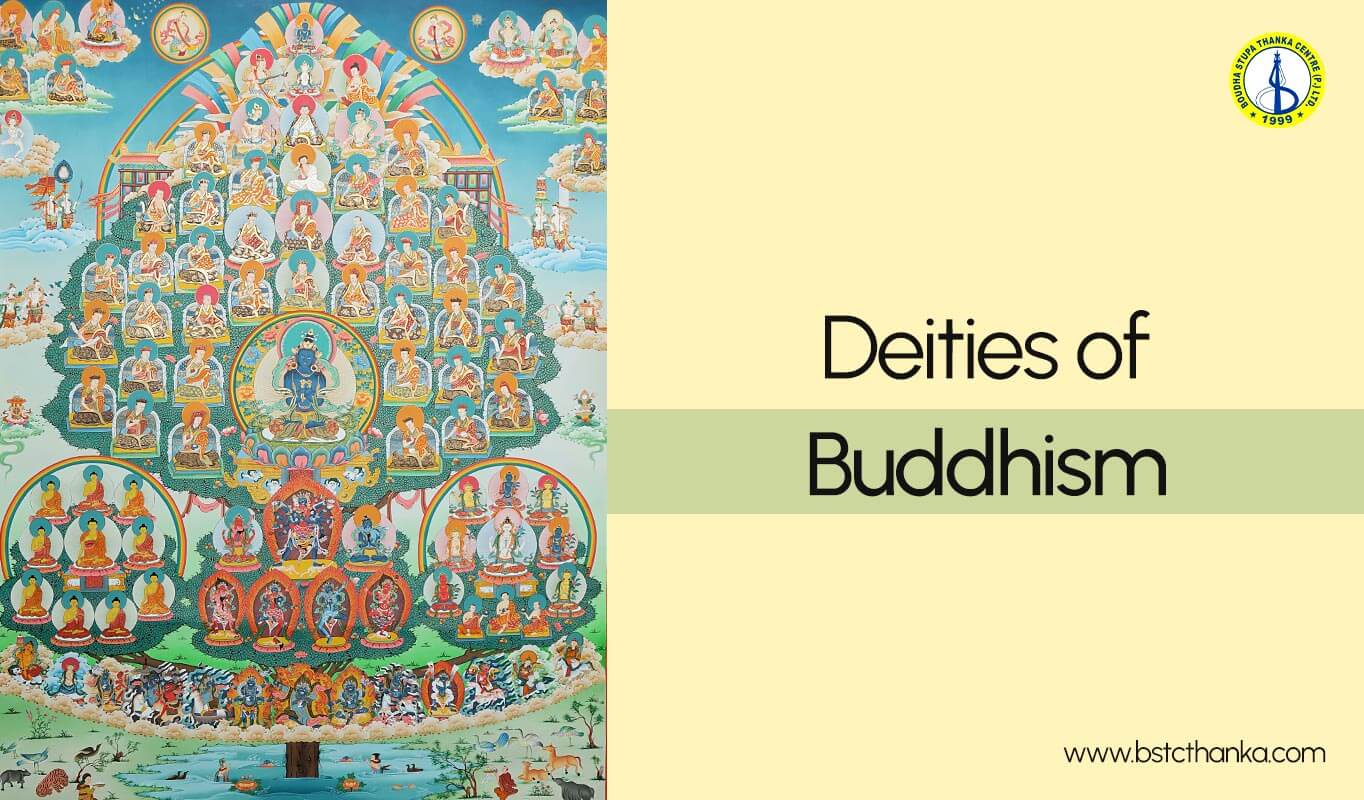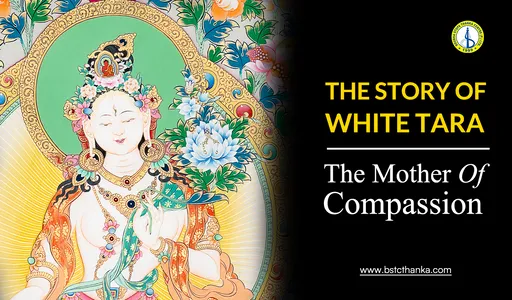
Deities of Buddhism
Buddhism, one of the world's major religions, is rich with spiritual symbolism and mythological figures. While often associated with philosophical teachings and meditation practices, Buddhism also encompasses various deities and celestial beings that play significant roles in its various traditions. These deities embody enlightened qualities, guardians, and sources of inspiration for practitioners.
The Luminous Path
Siddhartha Gautama is at the heart of Buddhism, known as the Buddha, meaning the "Awakened One." While not traditionally considered a deity in the same sense as gods in other religions, the Buddha holds a central place in Buddhist devotion and reverence. He serves as the ultimate example of enlightenment and compassion, inspiring followers to seek liberation from suffering through the Noble Eightfold Path.
Bodhisattvas are beings who have attained enlightenment but choose to remain in the cycle of birth and death (samsara) to help others achieve liberation. They embody compassion, wisdom, and various virtues. Among the most prominent bodhisattvas in Mahayana Buddhism are Avalokiteshvara, the embodiment of compassion; Manjushri, the bodhisattva of wisdom; and Ksitigarbha, the bodhisattva who vows to alleviate the suffering of beings in hell realms.
Wrathful Protectors
Vajrayana Buddhism introduces a unique set of deities—the wrathful protectors. These fierce figures, often shown with multiple arms and angry expressions, serve a vital role. They symbolize the fierce compassion needed to cut through negativity and overcome obstacles on the spiritual path. Mahakala, the "Great Black One," is a prominent example of protecting the Dharma (Buddha's teachings) with his wrathful power.
Local Deities
Buddhism has a fascinating ability to adapt to local cultures. As it spread across the world, it absorbed deities from existing traditions. These figures, like the Japanese Shinto gods or the Burmese nats, were often reinterpreted within the Buddhist framework, becoming protectors or guardians of specific places or practices.
Understanding the Deities
Unlike deities in some religions, Buddhas and Bodhisattvas are not worshipped in the traditional sense. They are seen as role models and sources of inspiration, beings who have achieved enlightenment and offer guidance on the path. Similarly, wrathful protectors are not to be feared but respected for their role in safeguarding the Dharma.
A Journey Through Buddhist Art
The rich world of Buddhist deities comes alive in Buddhist art. Paintings, sculptures, and thangkas (scroll paintings) depict these figures in vibrant detail, offering a visual representation of their symbolism and significance. By getting deeper into Buddhist art, you can gain a deeper understanding of these fascinating beings and their role in the Buddhist tradition.
Symbolism and Iconography
Many Buddhist deities are symbolic representations of enlightened qualities and aspects of the path to awakening. For example, the imagery of the Five Wisdom Buddhas—Vairocana, Akshobhya, Ratnasambhava, Amitabha, and Amoghasiddhi—represents different aspects of wisdom and enlightened consciousness. Their iconography, often depicted in mandalas and ritual practices, serves as a means of meditation and visualization for practitioners seeking to cultivate these qualities within themselves.
Frequently Asked Questions of Deities of Buddhism
Besides the Buddha, who are some important deities in Buddhism?
Buddhism features rich gods and goddesses beyond the historical Buddha, Siddhartha Gautama. Here are two main categories:
- Buddhas are enlightened beings who have achieved liberation from suffering. Examples include Amitabha, representing compassion and rebirth in the Pure Land, and Shakyamuni, another name for the historical Buddha.
- Bodhisattvas are compassionate beings who postpone their enlightenment to help others achieve liberation. Popular figures include Avalokiteshvara (known as Guanyin in China), the embodiment of compassion, and Manjushri, representing wisdom.
Are these deities worshipped like gods in other religions?
No, not exactly. Buddhas and Bodhisattvas are seen as role models and sources of inspiration, rather than beings to whom one prays for personal favors. They represent qualities and experiences one tries for on the path to enlightenment.
Who are the wrathful protectors?
These are unique to Vajrayana Buddhism. Often presented with fierce appearances and multiple arms, they symbolize the powerful compassion needed to overcome negativity and obstacles on the spiritual path. Mahakala, the "Great Black One," is a well-known example of protecting the Dharma (Buddha's teachings).
Are there deities specific to certain regions?
Yes! As Buddhism spread across the world, it incorporated local deities from existing traditions. These figures, like the Japanese Shinto gods or the Burmese nats, were reinterpreted within Buddhism, becoming guardians or protectors of specific places or practices.
Where can I learn more about Buddhist deities?
- Buddhist Art: Paintings, sculptures, and thangkas (scroll paintings) depict these figures and their symbolism.
- Religious Texts: Mahayana and Vajrayana texts often describe the qualities and roles of various deities.
- Online Resources: Many websites offer information on Buddhist deities and their significance.





